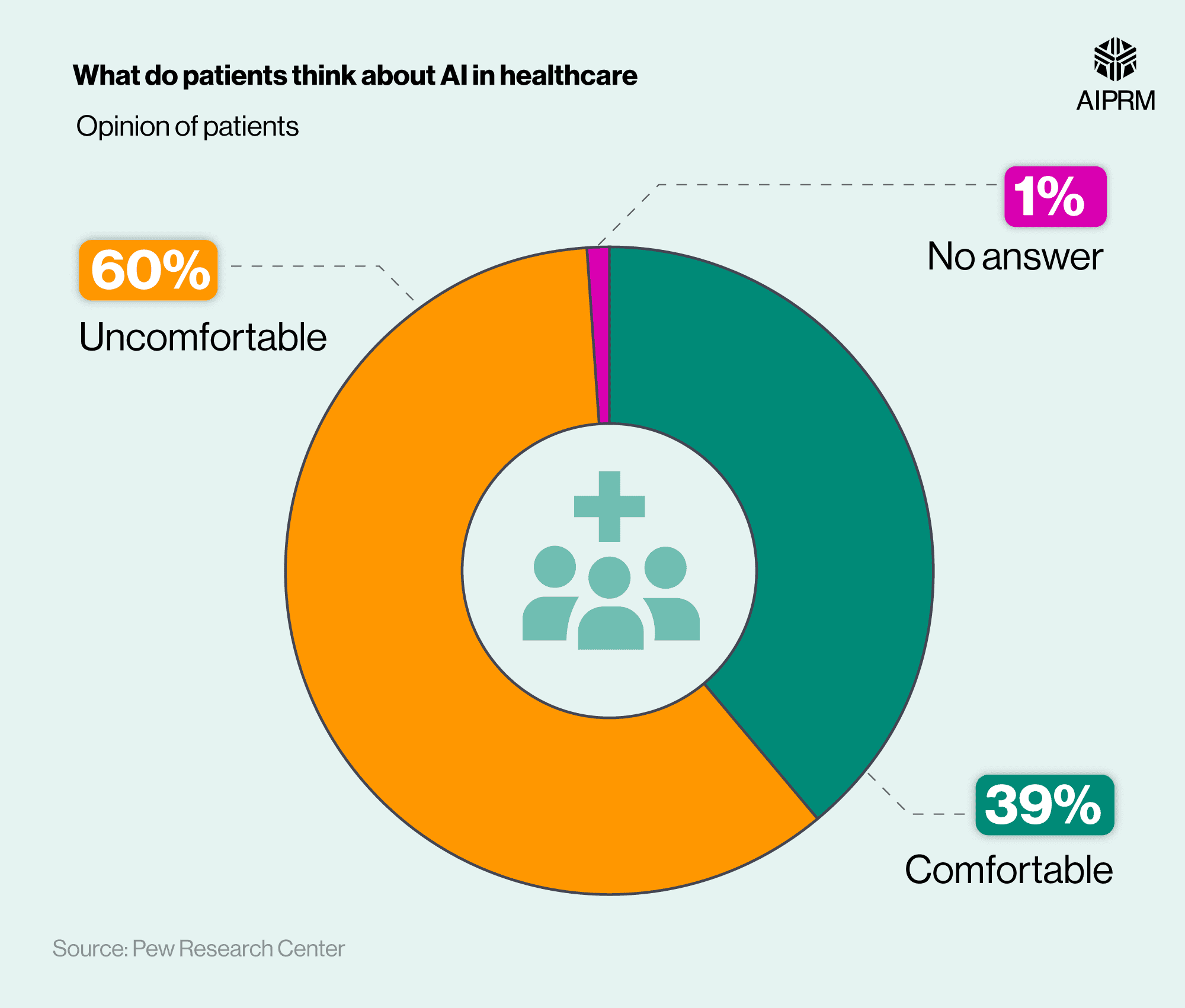The world of telemedicine is rapidly evolving and reshaping how healthcare professionals and patients interact. With cutting-edge technology and innovative platforms, telemedicine is improving accessibility, accuracy, and efficiency in ways that were once unimaginable. Below, we explore the most exciting telemedicine advancements to look forward to in the coming years.
AI-Driven Diagnostic Tools
Artificial intelligence is redefining how healthcare providers offer virtual diagnoses. AI-powered systems analyze patient data, such as medical histories and symptoms, to provide accurate preliminary assessments. For example, platforms are now using AI for early detection of chronic diseases like diabetes and hypertension.
This technology helps healthcare professionals save time, focus on patient care, and ultimately make better-informed clinical decisions. Additionally, AI algorithms continuously improve, making the diagnostic process faster and more reliable over time.
Integrating EKG Machines for Remote Monitoring
One advancement to watch is the integration of EKG machines into telemedicine platforms for real-time cardiac care. With compact and portable EKG devices, patients can now track their heart health from home and instantly share the data with their physicians.
Such advancements empower providers to detect irregularities like arrhythmia or heart attacks in their earliest stages, often before noticeable symptoms appear. By merging this technology with telemedicine consultations, healthcare systems are enhancing how they manage cardiovascular health.
Wearable Health Tech
Wearable devices have already become household staples, but their role in telemedicine is more vital than ever. Devices like smartwatches and health trackers provide real-time data on a patient’s vitals, like heart rate, oxygen levels, and sleep patterns. These continuous streams of data are now being integrated with telemedicine platforms, enabling seamless communication between patients and healthcare providers.
Early interventions based on this data are becoming a reality. For instance, remote monitoring of vitals in high-risk patients prevents hospital admissions and reduces healthcare costs.
Expanding Access Through 5G Technology
The widespread adoption of 5G networks is set to revolutionize telemedicine by improving the speed and reliability of virtual consultations. With lightning-fast internet speeds, 5G ensures that medical imaging, video consultations, and large data transfers occur without lag or interruptions.
This advancement is particularly vital for rural or underserved areas, where low bandwidth previously limited telemedicine capabilities. Enhanced connectivity will enable a higher quality of care, regardless of a patient’s location.
Augmented Reality in Telemedicine
Augmented reality is finding a growing role in telemedicine by improving how healthcare professionals visualize and interact with patient data. AR tools allow physicians to conduct virtual examinations with a level of precision previously thought impossible.
For example, AR can overlay imaging scans like X-rays during video consultations, offering a visually enriched experience for providers and patients. These developments are particularly promising for specialties like orthopedics and dermatology, where detailed visual assessments are critical.
Telemedicine is a catalyst for delivering smarter, faster, and more effective healthcare. Technologies, such as AI diagnostics, wearable health devices, EKG integrations, and augmented reality are paving the way for improved patient outcomes. You can look forward to advancements in telemedicine to benefit the evolving needs of your practice.















